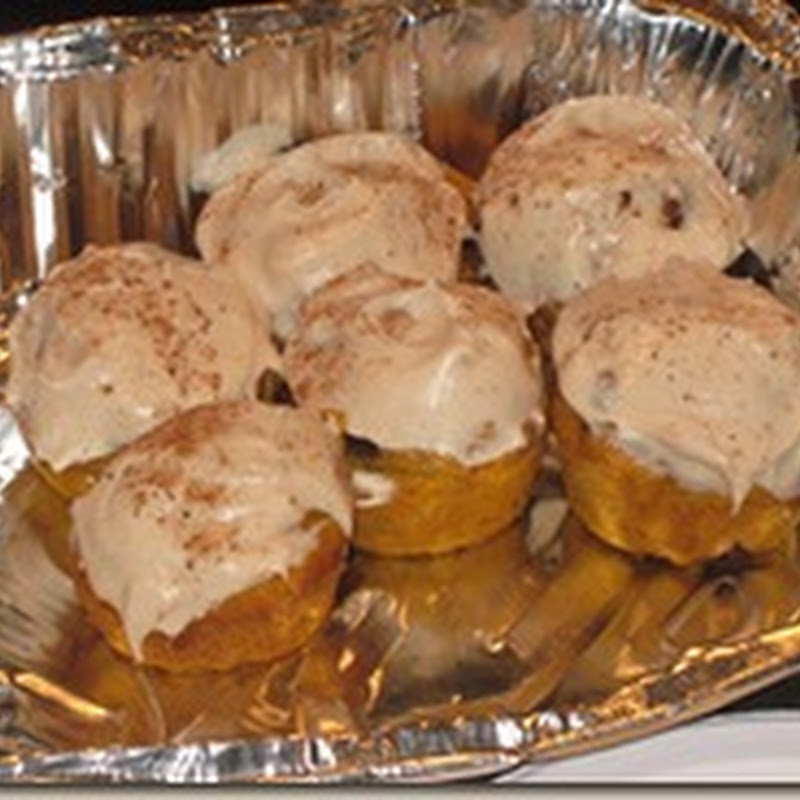
As I said in a recent post, I’ve been on a bit of an Eastern/Central European cuisine kick, and the only complaint that one could possibly have about that is the potential heaviness of such food, particularly in the meat department. In fact, this whole idea is taking me back to traveling through Hungary and the Czech Republic in 1996. I was a vegan at the time, which is about the most hilarious thing I can think of now—I mean, a vegan that doesn’t speak a word of either language, trying to negotiate the only recently democratic (and by that I am merely making a reflection on the availability of foodstuffs) land of meat, sausage and cheese. I can’t tell you what a hard time my traveling partner and I had trying to find things we could eat. Luckily I knew how to say in German “kein Fleisch, keine Kase!” Of course, it was a totally different world (for us and for Central Europe) when Chris and I spent a month there in 2006. I would eat about anything, and there were fresh vegetables everywhere. But back to the topic at hand: heavy cuisine. Most golabki recipes that I found included a mix of pork and beef. I opted for beef and turkey to cut out a little of the fat. They were about half and half as to whether one should use tomato sauce or beef broth in the pot—I opted for broth, because I’d never tried it before. And then I added—blasphemous, no doubt—some vegetables to the filling that are not ordinarily there. I wonder if I’ll be hearing soon from the Society for the Preservation of Golabki. I’m going to forward this post to my dear Polish friend Anna, and she can make the judgment for or against my freewheeling deviations from tradition.
Update: I've just had an email back from Anna, and she gives my recipe the thumbs up!1 head cabbage
1-15 oz. can sauerkraut, drained
1 lb ground beef
1/2 lb ground turkey
1 1/2 C cooked brown rice or barley
2 Tbs whole wheat bread crumbs
2 tsp salt
fresh ground pepper
1 onion, chopped
2 garlic cloves, minced
1 C chopped bell pepper (I used orange and yellow)
2 C fresh spinach, coarsely hopped
2 Tbs olive oil
2 C beef broth
3 bay leaves
To core the cabbage, make slits deep into the center around the nubbin of the stalk, then remove the core, like so:
You should have a nice hole, like this:
Bring a large pot of water to a simmer and submerge the cabbage; cook for 10 minutes until leaves begin to detach. Drain and cool.
In a large skillet sauté onion and garlic in olive oil for 2 minutes. Add peppers and cook 3 minutes more. Add chopped spinach and cook until wilted, 2-3 minutes. Pretty!
While the vegetables are cooking combine the meats, rice, breadcrumbs, salt, pepper (quantity is up to you, I probably put 1/4 to 1/2 tsp fresh ground pepper). Add cooked vegetables and mix well (hands are great for this).
Once the cabbage is cooled, remove the outer 18 or so leaves. here’s my flaccid pile:
Chop the rest of the cabbage and combine it with the drained sauerkraut in a large ovenproof pot/dutch oven/casserole dish, like so:
The only sauerkraut that I had on hand was seasoned and cooked with apples, hence its dark brown color.
Preheat the oven to 350 degrees. Now it’s time to stuff your cabbage leaves! Take a glob of the meat mixture (1/4 to 1/2 cup depending on the size of your leaf) and place it at the base (near the stem):
Fold the bottom flap over:
Like a burrito, fold the two sides over:
Roll the filling up in the cabbage leaf:
Until everything is contained:
Place your completed cabbage rolls on top of the cabbage-sauerkraut mixture. Pour beef broth over and slide a few bay leaves in between the rolls. Here’s my pot, ready to go in the oven:
Bake for 1 hour. Drain out the juices and mix with a little sour cream. Serve the rolls on a bed of cabbage/sauerkraut drizzled with juice:



















No comments:
Post a Comment